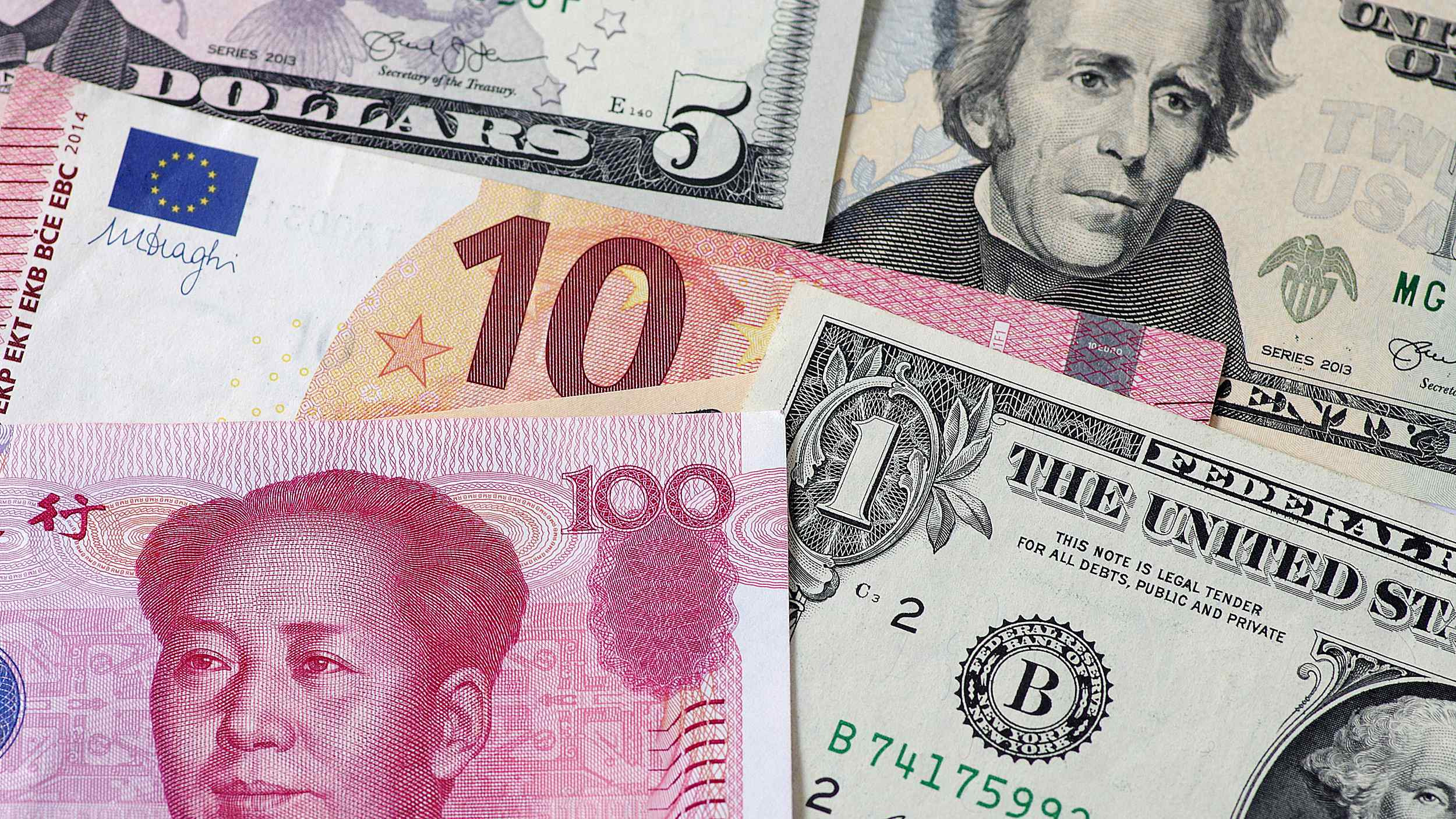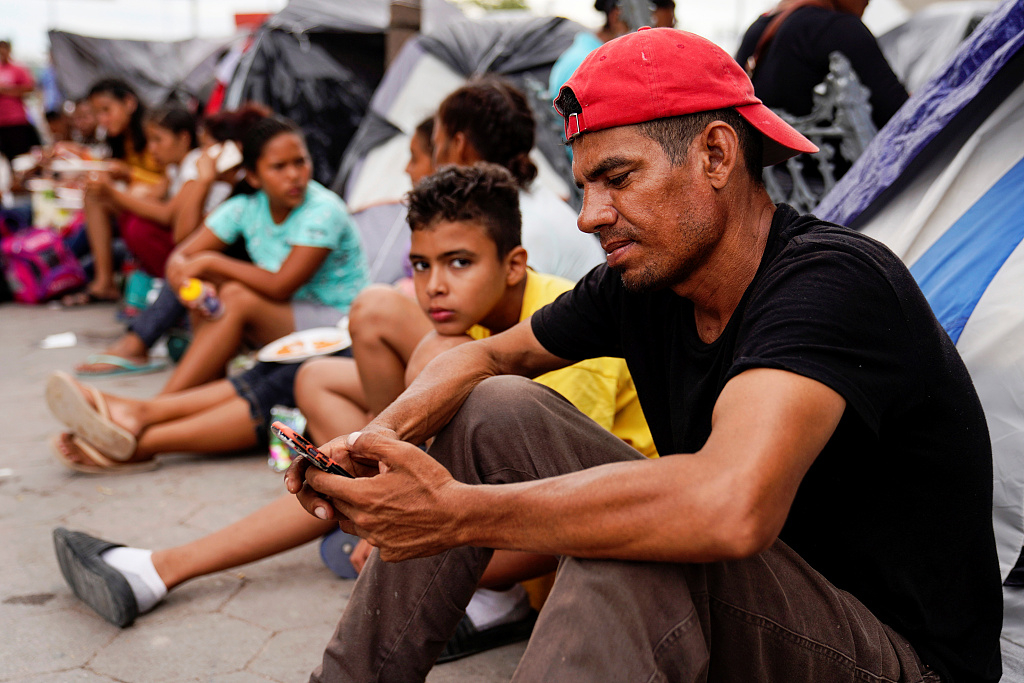
Early in the coronavirus pandemic, the World Bank predicted that the cash sent home by migrants from developing nations would fall by about 20 percent globally in 2020.
But remittances have proved far more resilient than expected, and some recipient countries actually recorded new highs in money transfers during the year – including Pakistan, Mexico, Kenya and Bangladesh.
The World Bank now expects the final figure to be in the region of a 7 percent decline. That would still be a blow to dozens of countries that rely on remittances for foreign exchange and shoring up public finances, but not as much as feared.
The bank predicts a similar drop for 2021. But in a new report titled "COVID-19 and migrant remittances: a hidden crisis looming?" the Economist Intelligence Unit (EIU) says a repeat performance risks further delaying the economic recovery of poor nations, increasing the likelihood of balance-of-payments issues and placing new pressures on their currencies.
Remittances are growing in importance as a source of external financing, surpassing foreign direct investment (FDI) in recent years.
The trend is reinforced by an expected precipitous slide in FDI in 2020 – the United Nations Conference on Trade and Development forecast is between 35 and 45 percent.
But the countries that beat remittance forecasts are thankful in the short-term, at least, as the increased flows helped to plug gaps caused by declines in overall national incomes.
U.S. stimulus checks a boost
Mexican President Andres Manuel Lopez Obrador called his compatriots abroad "living heroes" as they pumped more than $40 billion into the economy last year, a 10 percent increase, most of which came from the United States.

Asylum seekers pass the time at the Gateway Bridge, one of three international bridges that cross the U.S.-Mexico border, in Matamoros, Mexico, September 12, 2019. The U.S. is the major magnet for Mexican and Latin American migrants. /VCG
Asylum seekers pass the time at the Gateway Bridge, one of three international bridges that cross the U.S.-Mexico border, in Matamoros, Mexico, September 12, 2019. The U.S. is the major magnet for Mexican and Latin American migrants. /VCG
Job losses and lost hours and wages, as well as travel restrictions, were expected to herald deep cuts in the pockets of Mexicans in the U.S. But a substantial number of them were in a much better position to access stimulus payments than many other migrants from Latin America because they are either American citizens or permanent residents.
Bangladesh racked up $21.9 billion in transfers – 19.7 percent more than 2019, data from the country's central bank shows.
The State Bank of Pakistan had even estimated that remittances would decline by 23 percent but now says it expects the figure to be about plus 9 percent after a spectacular recovery in the second half of last year.
In a tweet in January, Prime Minister Imran Khan thanked Pakistanis overseas for contributions exceeding $2 billion for a record sixth consecutive month in December for a 24.9 percent rise overall for the first half of fiscal 2020-21.
Inflows into Kenya jumped by nearly 11 percent in 2020 to $3.09 billion, the central bank said in January.
"This remarkable growth of remittances has been supported by financial innovations that provided Kenyans in the diaspora more convenient channels for their transactions," the bank said in a statement.
This shift in transfers to formal channels has been credited by analysts in multiple countries as one reason remittances have not fallen off a cliff.
The travel restrictions imposed worldwide meant that people were limited in using hand delivery or informal or illegal channels to send money back home.
Fear of a one-off
Kenyan banks made it easier for people to send cash to mobile money accounts and platforms, while Pakistan and Bangladesh offered new remittance tax incentives.
Regarding the two Asian nations, the EIU says the one-off nature of these factors increases the risk of remittances falling in 2021.

A Chinese medical team arrives in Islamabad, Pakistan, March 28, 2020 to assist in the fight against COVID-19, which hit the Pakistani economy hard. /Chinese embassy
A Chinese medical team arrives in Islamabad, Pakistan, March 28, 2020 to assist in the fight against COVID-19, which hit the Pakistani economy hard. /Chinese embassy
"This could be problematic for Pakistan and Bangladesh, which both ran pre-COVID current-account deficits and rely on remittances for a sizeable share of current-account credits," it says.
A current account deficit means there is more money leaving the country than coming in.
Another reason advanced for the fact that transfers have held up better than expected is that migrant workers repatriated their savings after losing their jobs. Many had no choice but to return home.
Some, like Mexicans, may also have taken advantage of favorable currency exchange rates.
But above all, many felt they had to be more generous to loved ones back home in these unprecedented times.
"People really dug into their savings and into their earnings to make sure that relatives who were in distress had funds," Andrew Selee, president of the Migration Policy Institute, was quoted as saying in response to the positive trends regarding Mexico as well as its Central American neighbors.
As Hikmet Ersek, CEO of money transfer company Western Union, put it, "When times get hard in developing economies, remittance-senders become frontline providers of economic security."
He was writing a forward to a January report by Oxford Economics which calls remittances "the hidden engine of global connectivity."

